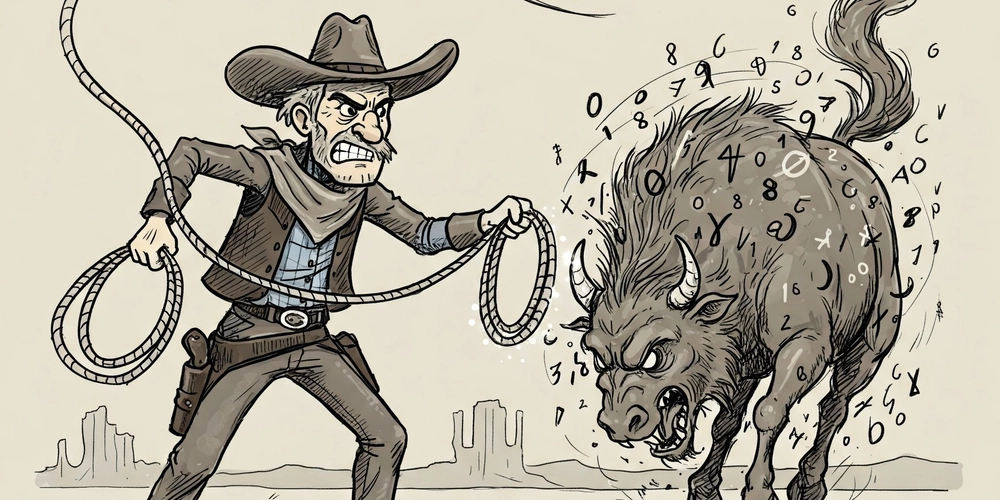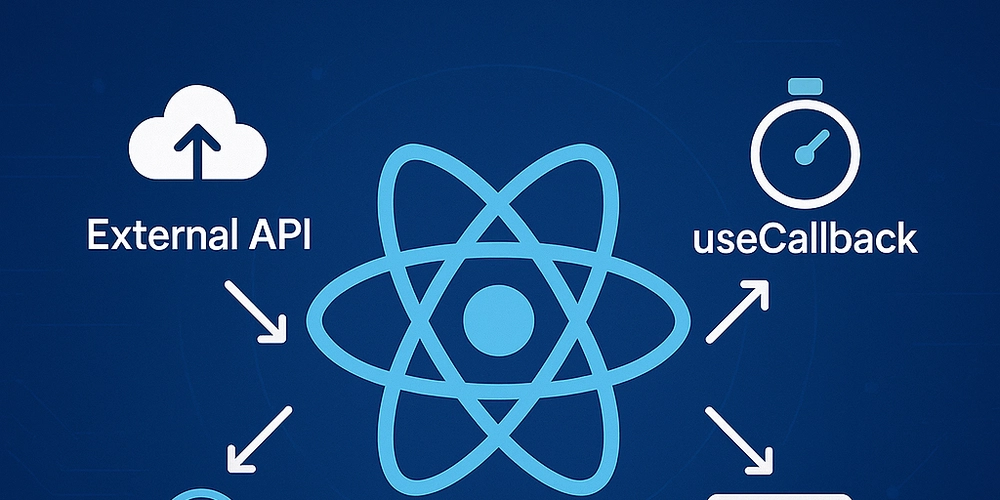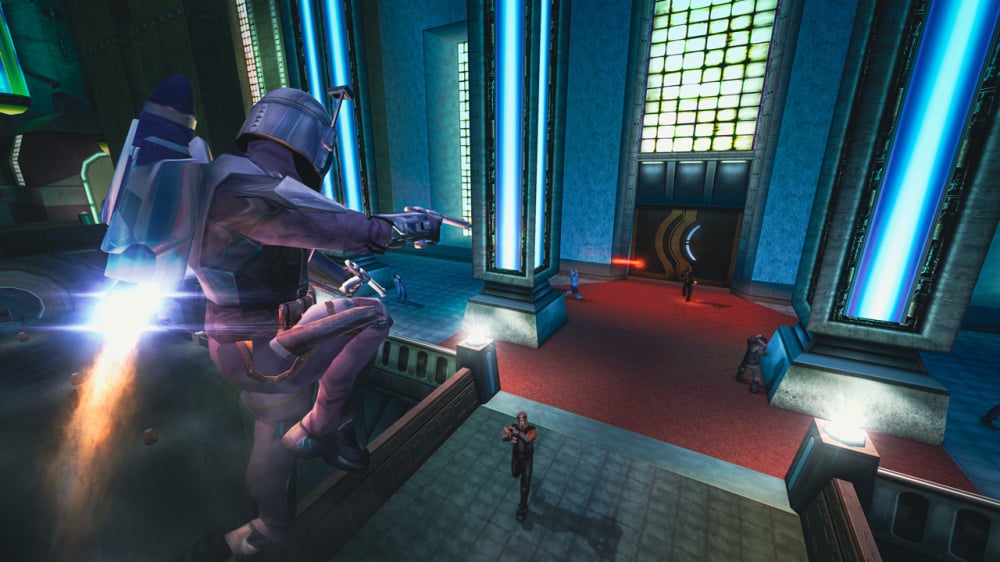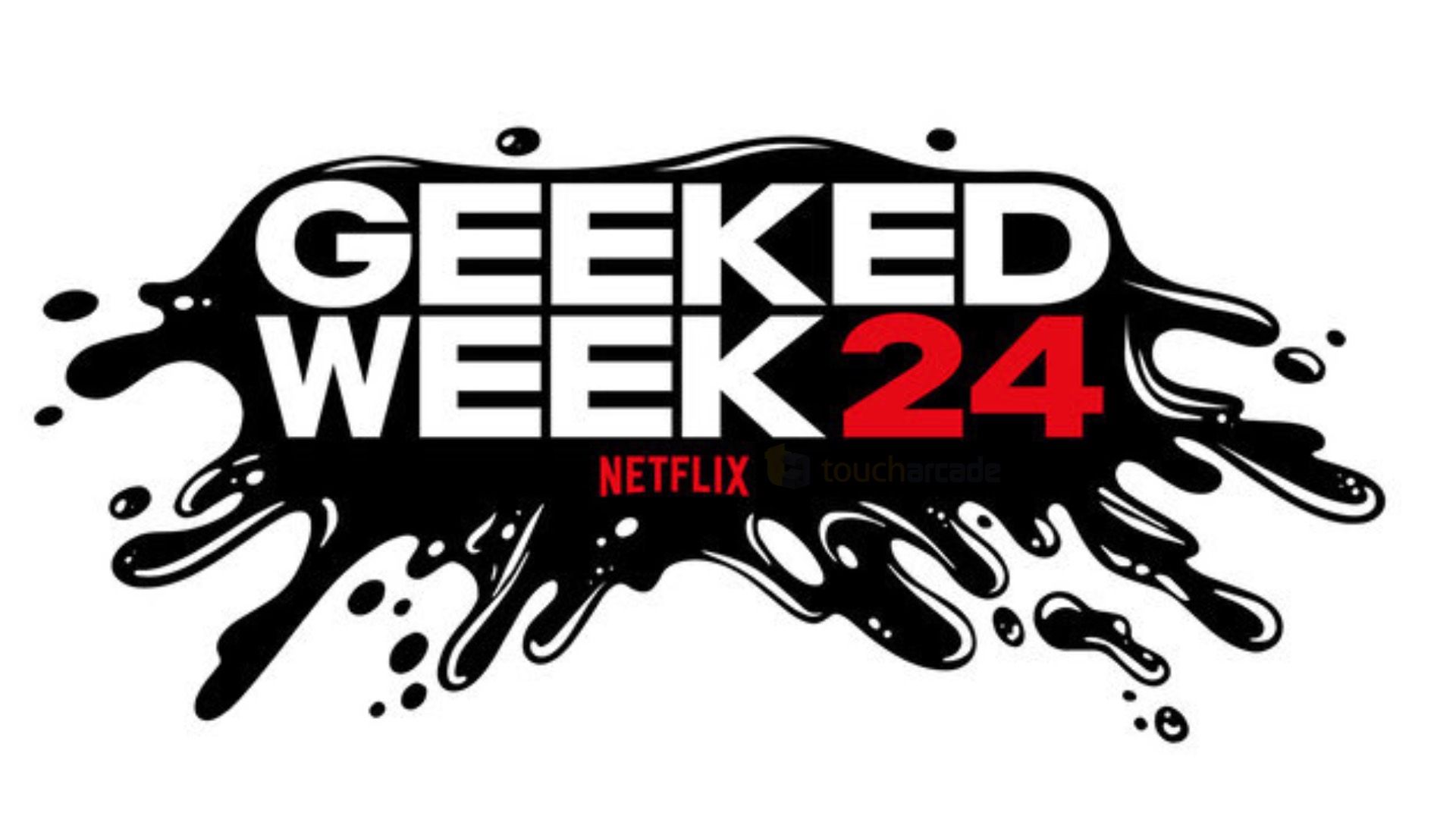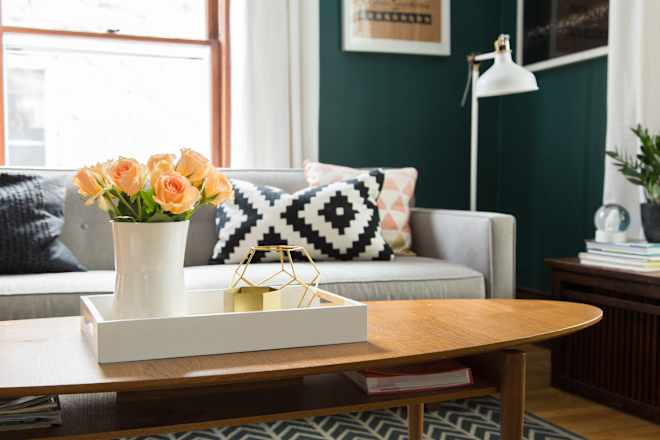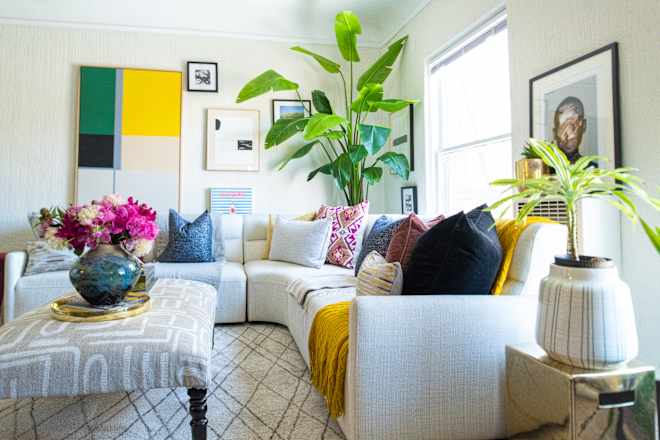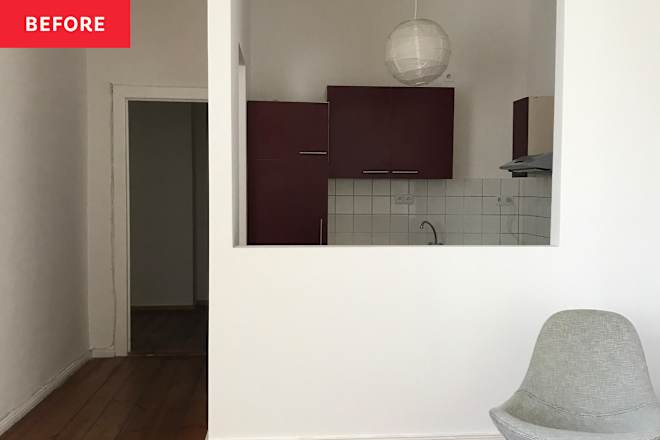Foamex, Dibond or Correx? Choosing the Right Sign Material
Find out which sign board material suits your display needs best—Foamex, Dibond or Correx—for indoor, outdoor, and exhibition board use.

When it comes to promoting your business, event or service, signage plays a huge role in attracting attention and delivering your message clearly. Whether you’re setting up an exhibition board, creating a shop sign, or installing outdoor displays, choosing the right sign material is important. It can affect not only how your message looks but also how long it lasts and how much it costs.
In this blog, we will explore three popular sign materials – Foamex, Dibond, and Correx – and help you decide which one suits your project best. Each material has its own strengths and ideal uses, and by the end, you’ll have a better idea of which one to go for.
What is Foamex?
Foamex is a type of PVC foam board that is widely used for both indoor and short-term outdoor signage. Despite the name, it is not soft or spongy. It is a solid, rigid board with a smooth finish that makes it ideal for high-quality printing. It’s available in various thicknesses, with 3mm, 5mm and 10mm being the most common.
Key features:
- Lightweight yet strong
- Smooth surface suitable for full-colour printing
- Available in different thicknesses
- Can be cut into shapes or drilled easily
- Resistant to moisture and scratches
Common uses:
Foamex is often used for indoor signs, exhibition board, retail displays, promotional panels, wall graphics and menu boards. Because of its clean look and vibrant print quality, it’s perfect for events, shows and trade fairs.
Benefits:
- Affordable for medium-term use
- High print quality
- Easy to mount or hang
- Weather-resistant for short-term outdoor use

What is Dibond?
Dibond is a strong and durable material made from two thin sheets of aluminium with a solid polyethylene core in between. It is known for its premium finish and long-lasting qualities. Dibond is usually used in environments where signs need to stay up for a long time or where a sleek, professional look is important.
Key features:
- Rigid and very durable
- Lightweight despite the metal layers
- Resistant to corrosion, UV rays and water
- Can be cut or shaped
- Suitable for long-term use
Common uses:
Dibond is ideal for shopfront signs, outdoor displays, building signs, wayfinding boards and permanent brand displays. It’s also used in galleries and museums due to its smooth finish and visual appeal.
Benefits:
- Extremely durable and long-lasting
- Maintains shape and colour over time
- Professional look and feel
- Excellent for high-end or outdoor applications
What is Correx?
Correx is made from corrugated polypropylene, making it a lightweight and affordable material perfect for temporary signage. It looks similar to cardboard but is made of plastic, so it’s water-resistant and more robust than paper-based materials.
Key features:
- Fluted (corrugated) plastic sheet
- Very light and flexible
- Economical and recyclable
- Available in various thicknesses
- Easy to print and install
Common uses:
Correx is commonly used for estate agent boards, construction site signs, temporary event signage and promotional signs. It’s ideal when you need something fast, light and budget-friendly.
Benefits:
- Low cost
- Easy to transport and install
- Great for short-term promotions
- Suitable for indoor and outdoor use (temporary)
Comparison Table
Here is a quick comparison to help you see the main differences between Foamex, Dibond and Correx:
|
Feature |
Foamex |
Dibond |
Correx |
|
Durability |
Medium |
High |
Low |
|
Weather Resistance |
Moderate |
Excellent |
Moderate |
|
Print Quality |
Excellent |
Excellent |
Good |
|
Best Use |
Indoor signs, exhibitions |
Outdoor, premium displays |
Temporary, budget-friendly signs |
How to Choose the Right One?
Choosing the right material depends on your needs, budget and where the sign will be used. Here are some questions to help you decide:
1. Will the sign be used indoors or outdoors?
- For indoor signage or exhibition boards, Foamex is a great choice due to its high-quality print finish and lightweight nature.
- For outdoor signs that need to last for years, Dibond is best.
- For temporary outdoor use, such as event directions or property signs, go for Correx.
2. How long will the sign be displayed?
- Correx is perfect for short-term use (days to a few weeks).
- Foamex works well for medium-term projects (a few months to a year).
- Dibond is ideal for long-term installations (a year or more).
3. What’s your budget?
- If you’re on a tight budget, Correx is the cheapest.
- Foamex offers a balance between quality and cost.
- If you’re willing to invest more for a lasting impression, Dibond is worth the price.
4. What kind of look do you want?
- For vibrant colours and clean lines, Foamex and Dibond both deliver excellent results.
- Correx may not look as polished, but it is fine for functional signs.

Design Tips & Finishing Options
No matter which material you choose, how you design and finish your sign will also affect the final result. Here are a few design tips and finishing options:
- Lamination can be added for extra protection against scratches and weather.
- Drilled holes allow for easy mounting on walls, fences or stands.
- Cut-to-shape signs can be more eye-catching than traditional rectangles.
- UV printing ensures vibrant colours that don’t fade in sunlight.
- Keep the text readable – choose simple fonts and strong contrast.
- For exhibition boards, include logos, branding, and a clear message.
Sustainability & Recycling
In today’s world, being eco-friendly is important. Here’s how these materials compare:
- Correx is recyclable and often reused for short-term campaigns.
- Dibond is less recyclable due to its mixed materials, but it lasts longer, reducing the need for replacements.
- Foamex can be recycled, although not all local councils accept it. Consider reuse before disposal.
Whenever possible, ask for eco-friendly printing options and try to reuse boards for future events or displays.
Conclusion
Choosing the right signage material – whether it’s Foamex, Dibond or Correx – depends on where it will be used, how long it’s needed, and what look you want to achieve. Foamex is perfect for indoor displays and exhibitions, Dibond works best for premium long-term signs, and Correx is great for temporary, budget-friendly solutions.
Each material has its own strengths, and there’s no one-size-fits-all answer. If you’re still unsure which is best for your project, the team at Foamex Printing Company is here to help you make the right choice. Contact us today to discuss your needs or request a sample.

















